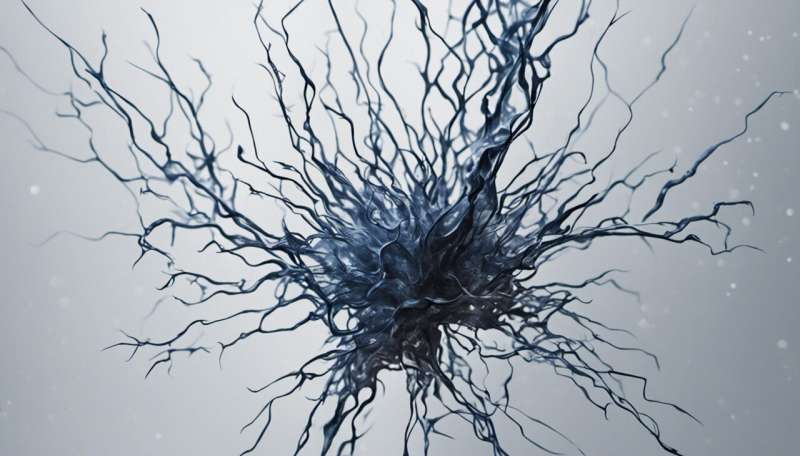
New research is set to significantly improve the diagnosis and treatment of whiplash injuries, one of the most common and challenging injuries following a non-catastrophic motor vehicle collision.
The longitudinal study, conducted over more than five years, involved researchers from the University of Sydney and Northern Sydney Local Health District along with scientists from Northwestern University, University of Colorado and Stanford University.
Close to 100 people were recruited to the trial soon after experiencing a motor vehicle collision. 84 of those underwent MRI scans of their neck two weeks after their crash and then again at 12 months.
The scans measured muscle composition, a key indicator of whiplash injury and other disorders of the cervical spine.
The University of Sydney researcher and Acting Executive Director of the Kolling Institute Professor Jim Elliott said the project took advantage of improvements in the evolution of high resolution MRI and rapid acquisition and measurement techniques.
“We innovatively applied artificial intelligence, dramatically reducing the processing times of measuring muscle composition from hours to seconds with automatic segmentation,” he said.
“We found the changes in muscle composition occurred in both men and women, but to a larger extent in women and in the deep muscles, attaching directly to the spine. These findings raise questions around why these changes occurred and how they should be managed.
“Our study demonstrated a game-changing approach which may have significant implications for the diagnosis and treatment of those with a whiplash injury or other disorders of the cervical spine.
“The gains in MRI technology and the rapid acquisition techniques mean we are able to diagnose injuries which wouldn’t have been captured in the past, opening up new treatment pathways.
“The technique provides accurate and rapid, quantitative assessment of the complex muscles traversing the cervical spine, and importantly, this process could be incorporated into clinical radiology practice.”
The Professor of Allied Health in the Northern Sydney Local Health District and the Faculty of Medicine and Health at the University of Sydney said the findings are significant.
“Whiplash-associated-disorders are the most common outcome for the 2.6 million Australians and four million Americans involved in a non-catastrophic motor vehicle collision every year.
“Half of those injured recover rapidly, but the other half continue to experience long-term health issues, with neck pain the most common symptom.
“Whiplash-associated-disorders are a leading cause of disability worldwide. They represent a considerable financial burden, costing the Australian economy around a $AUD1 billion a year, and the American economy more than $USD100 billion per annum.
“Given these circumstances, there is an urgent need for new diagnostics and effective strategies to identify and mitigate the risk of chronic whiplash-associated-disorders.
Source: Read Full Article